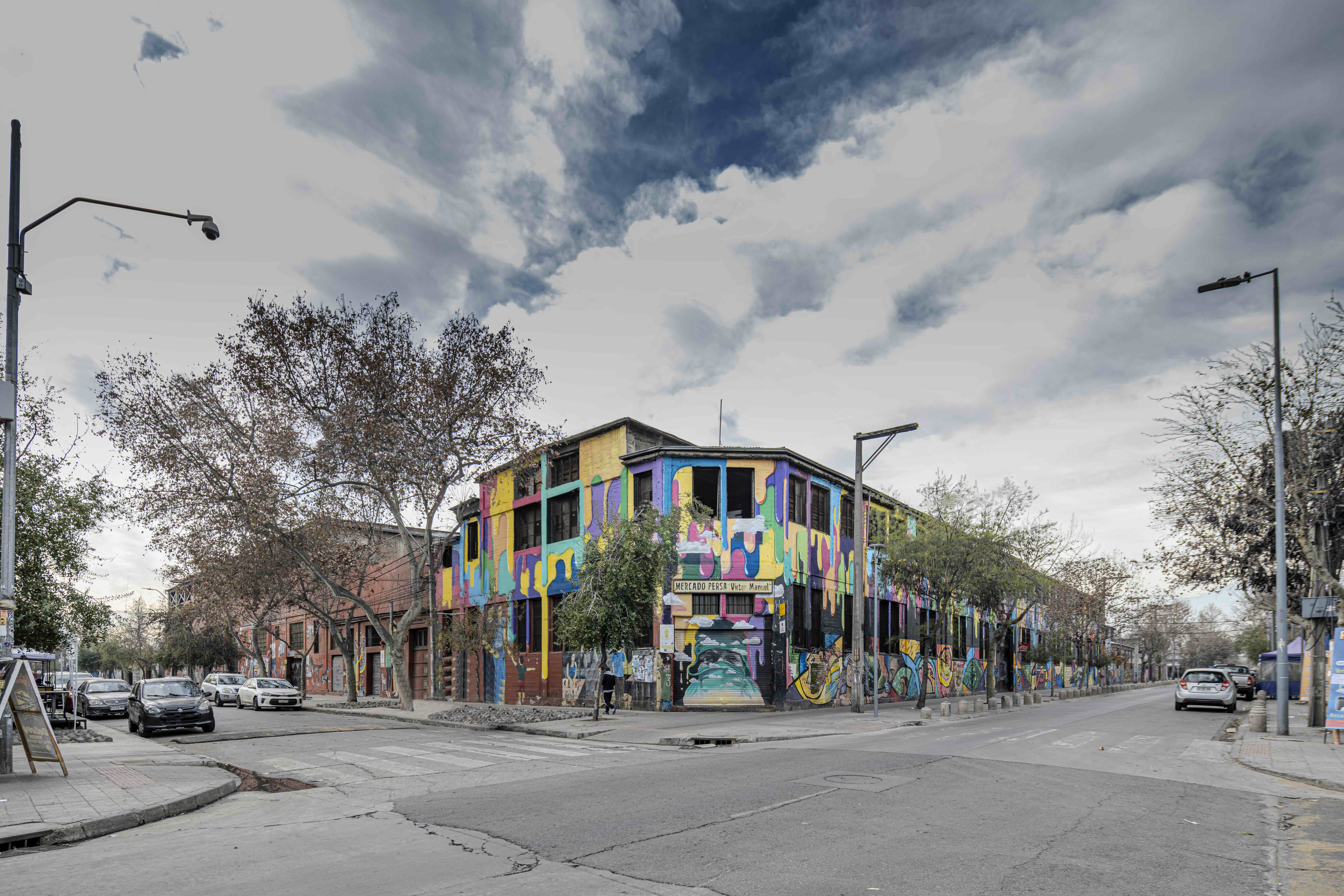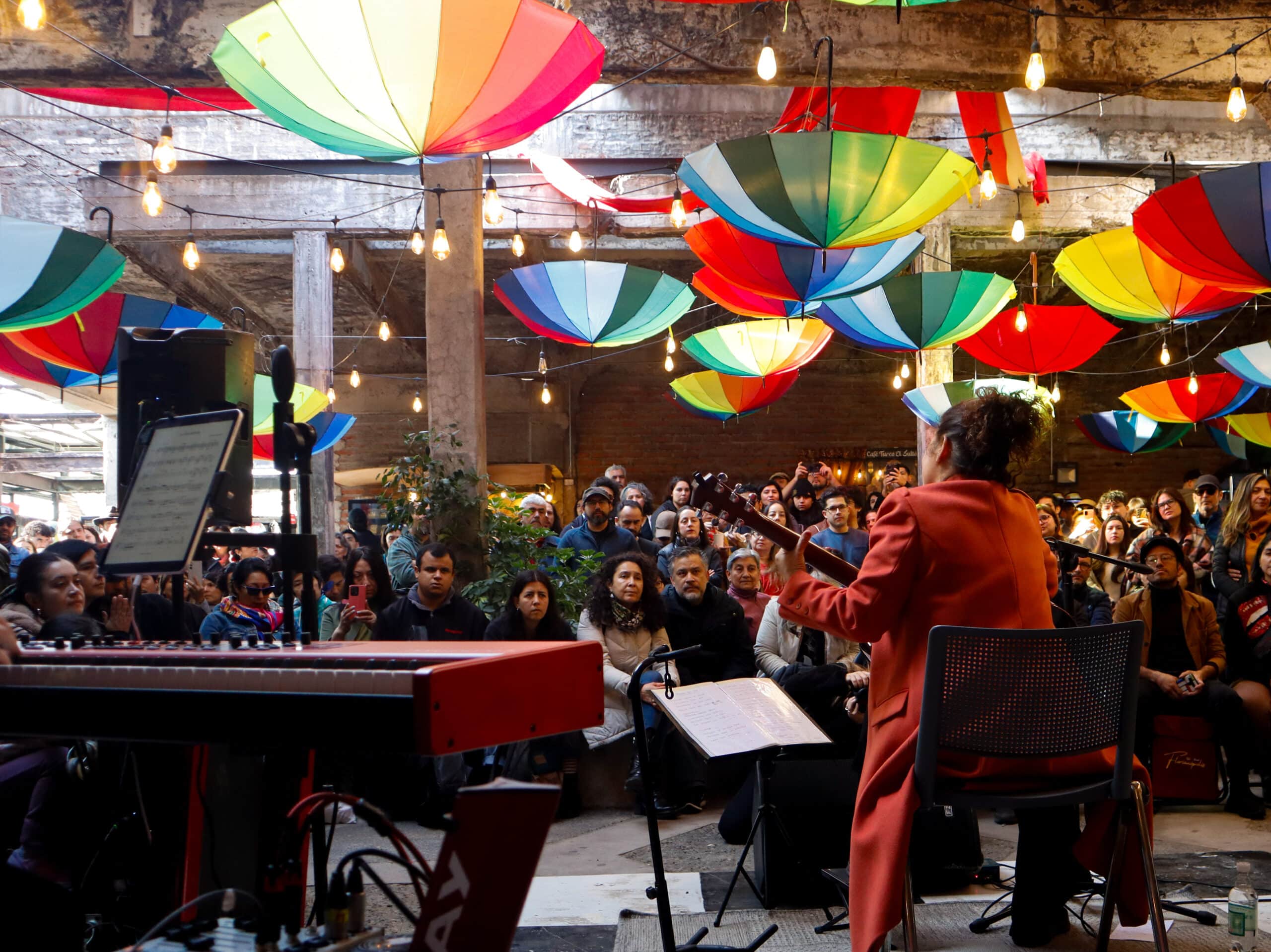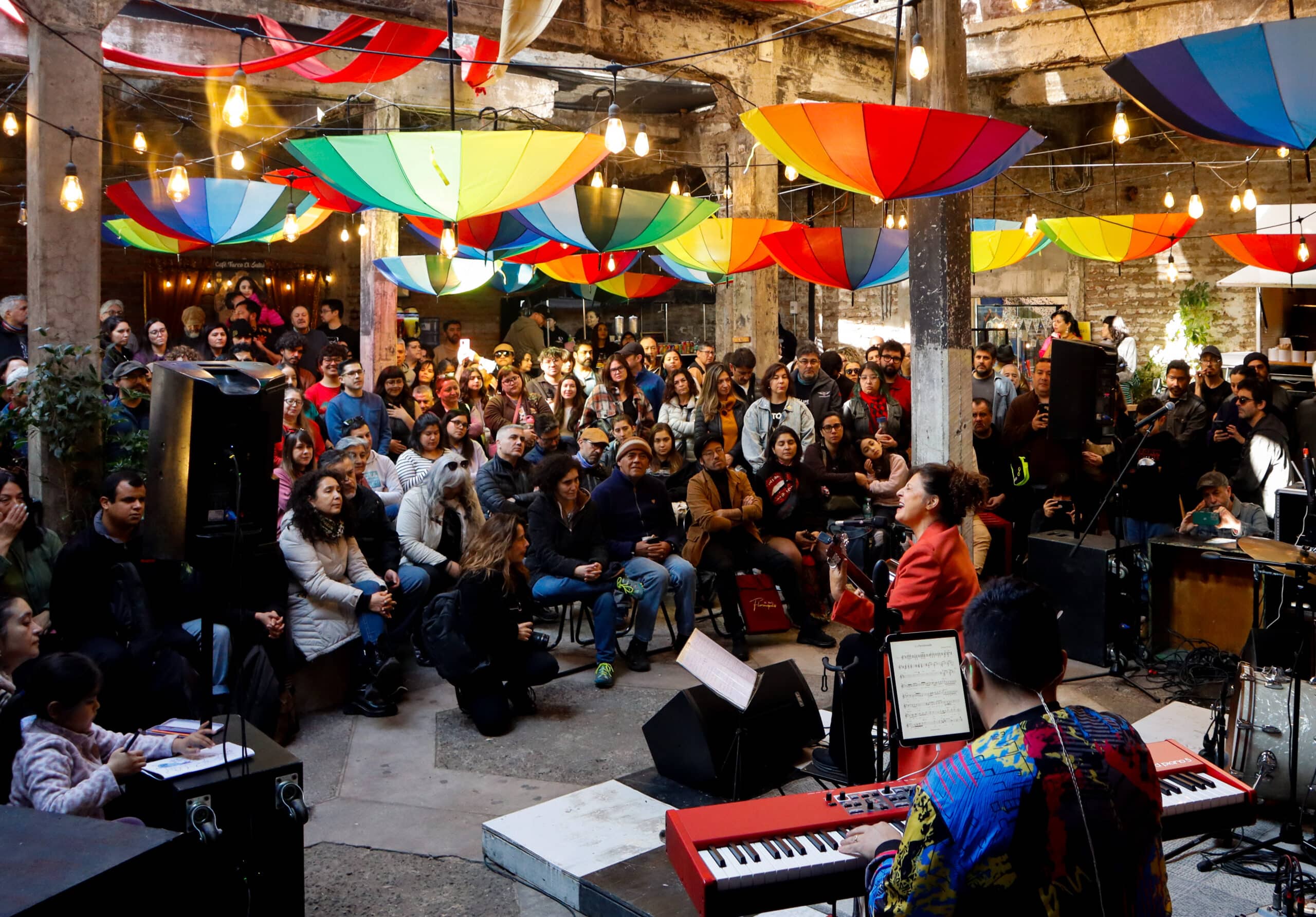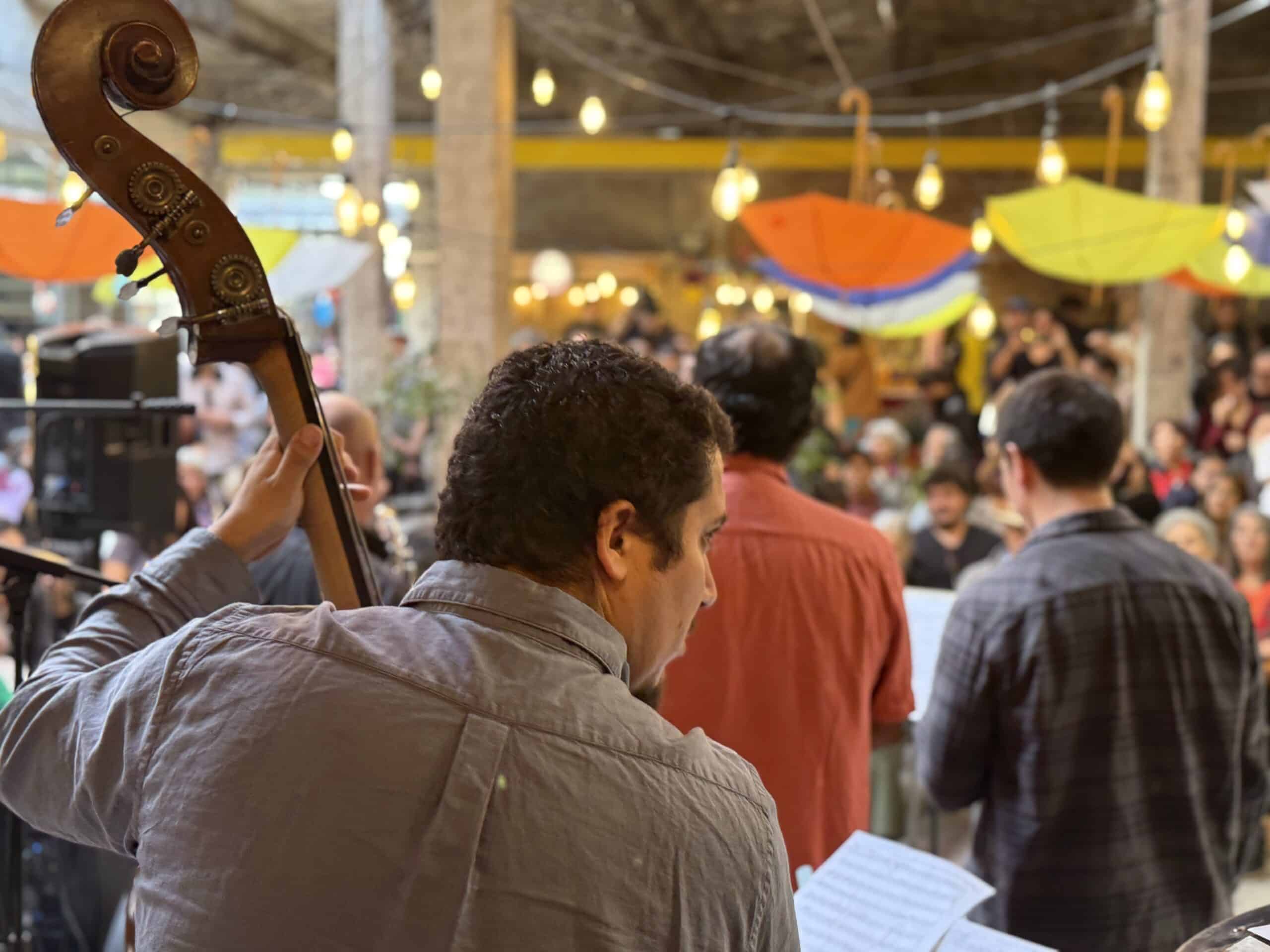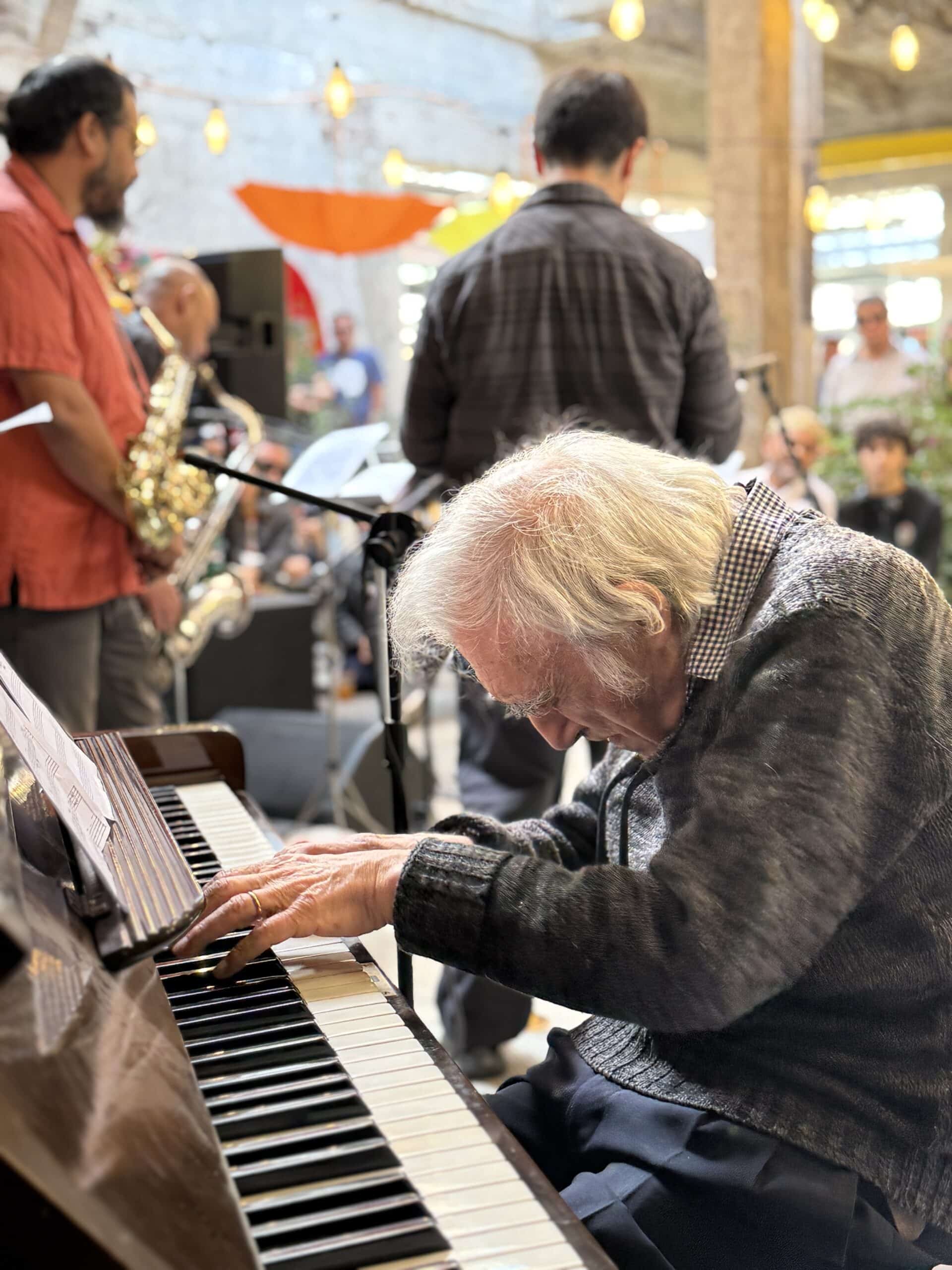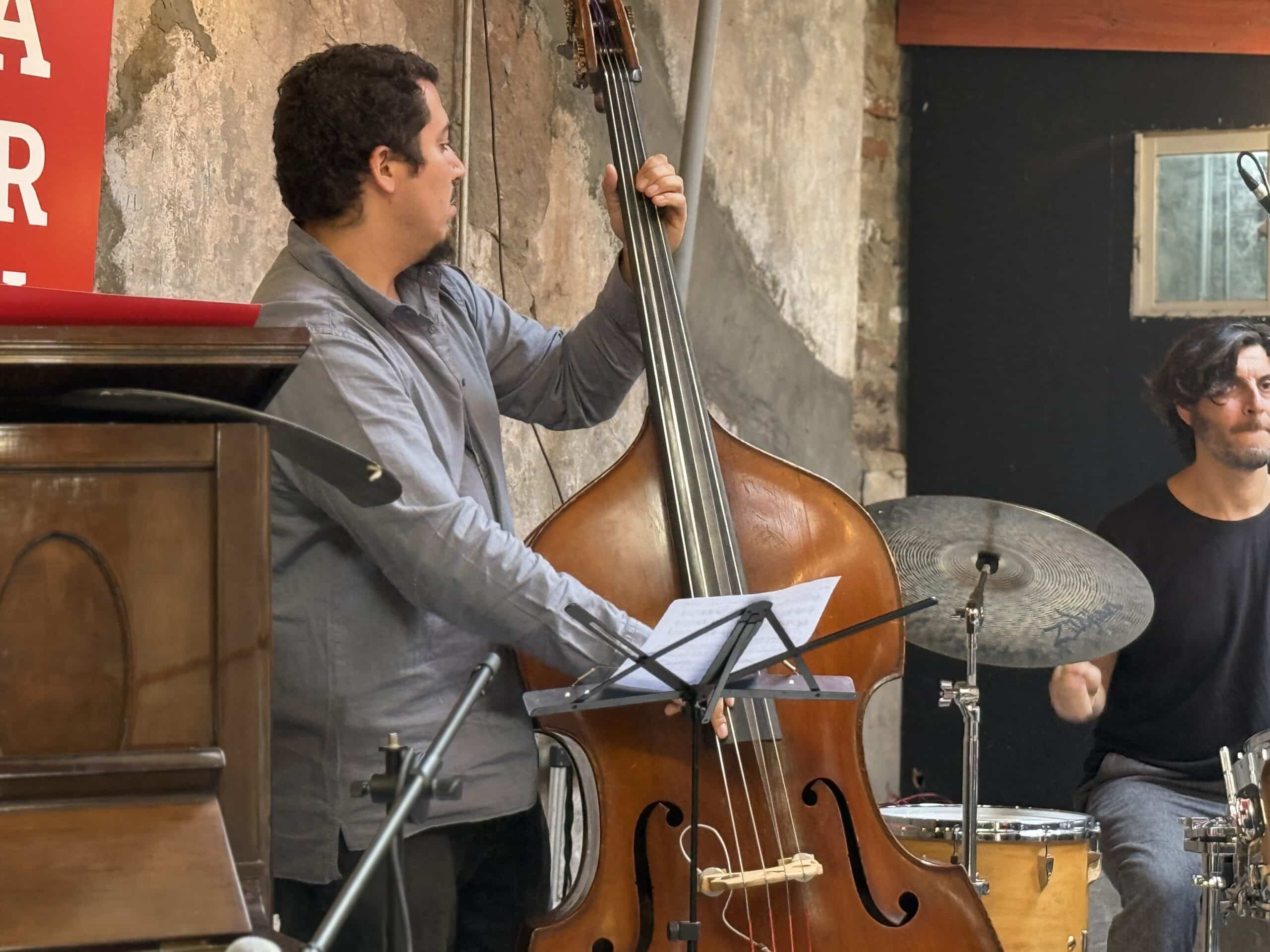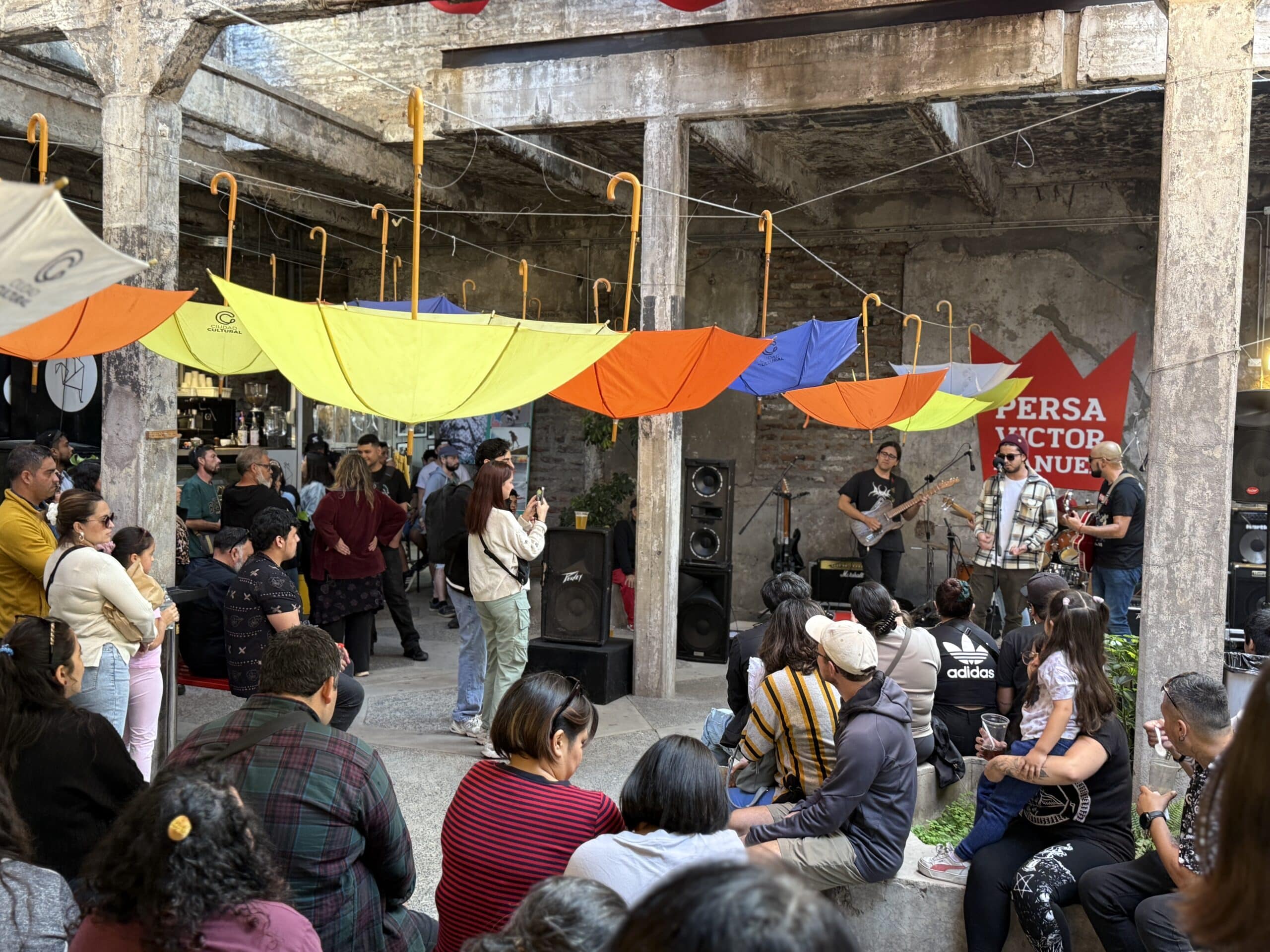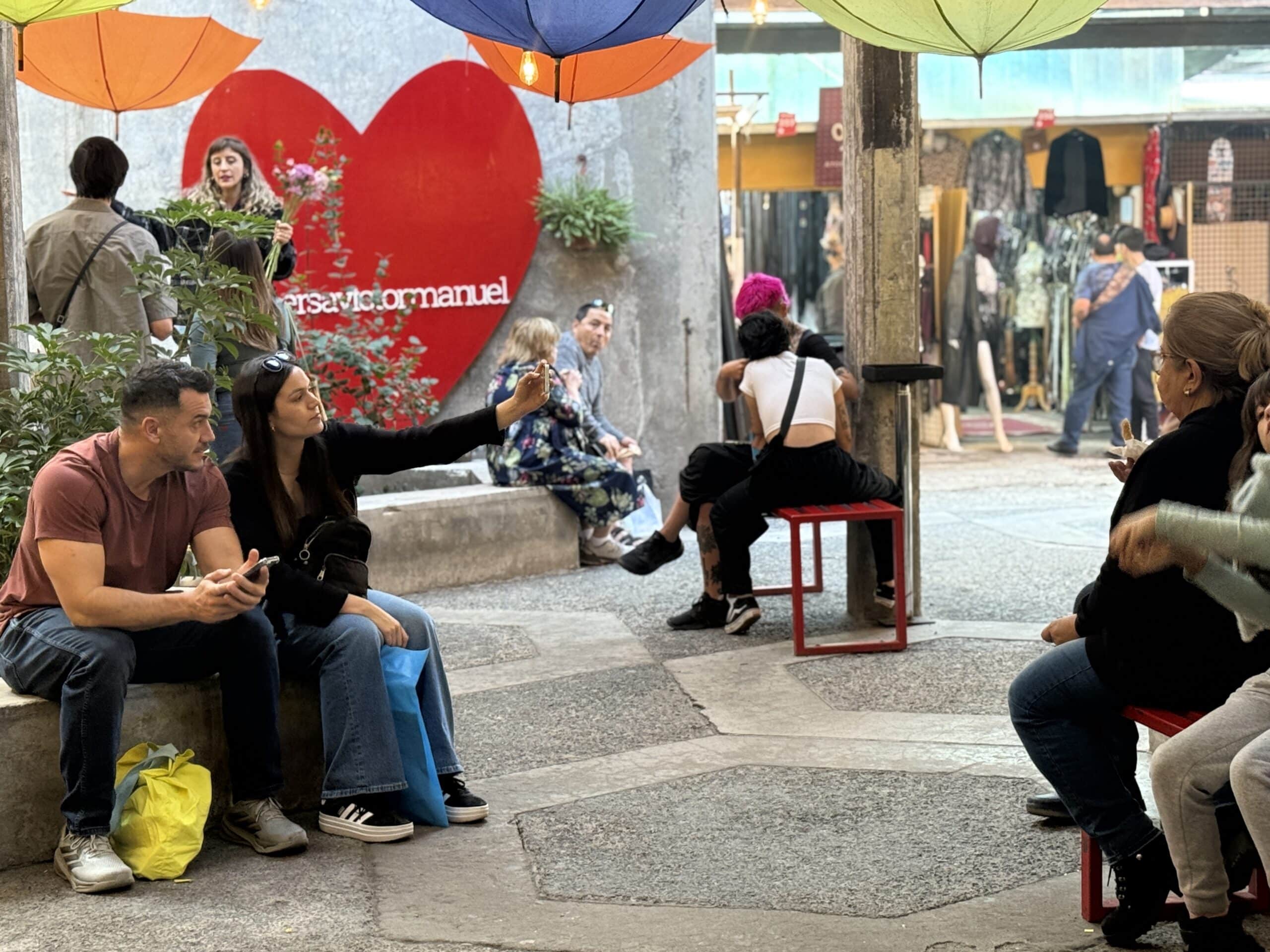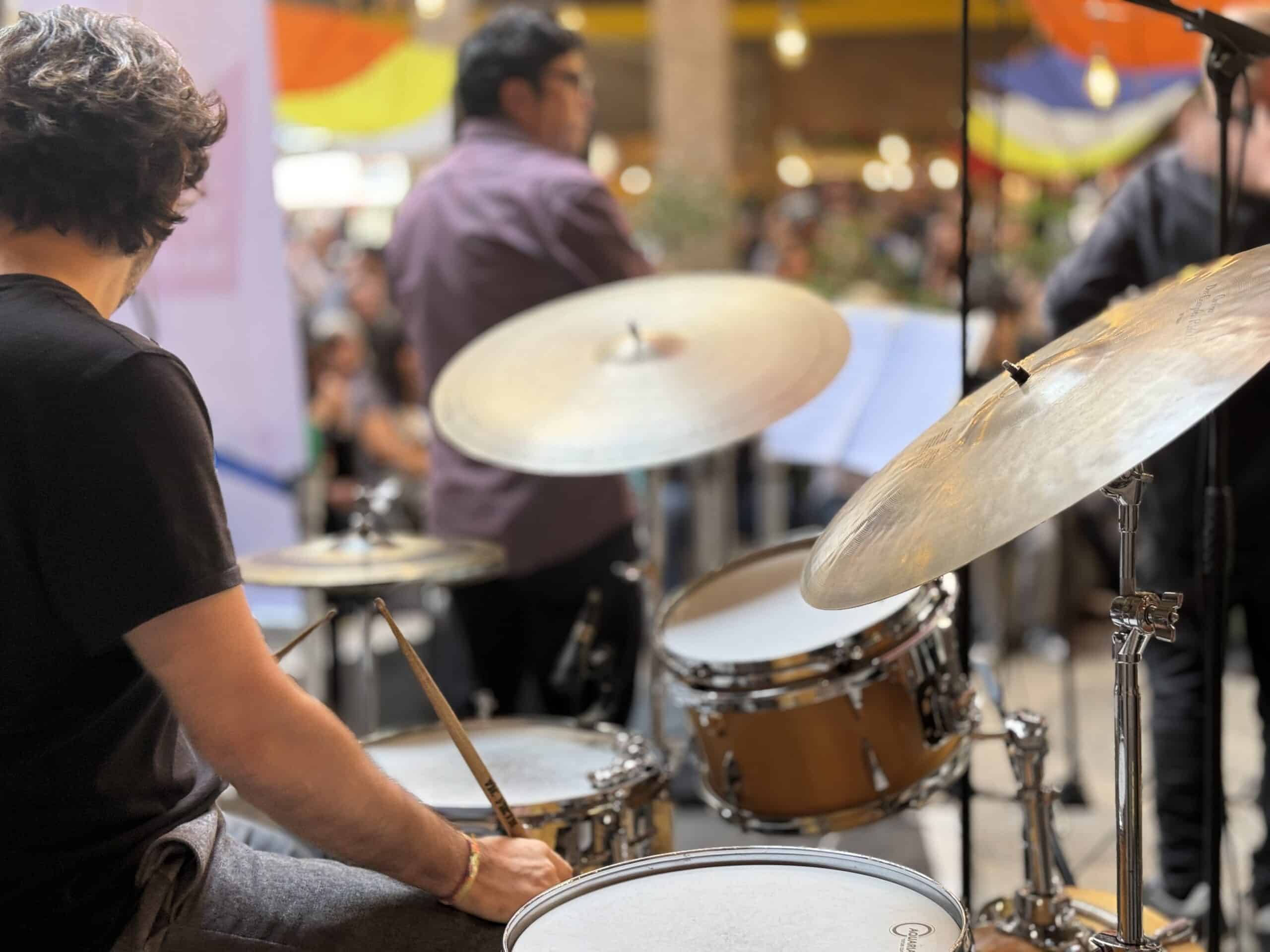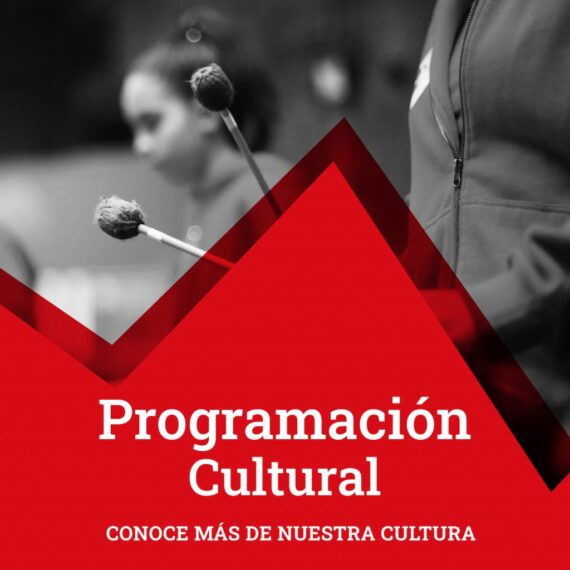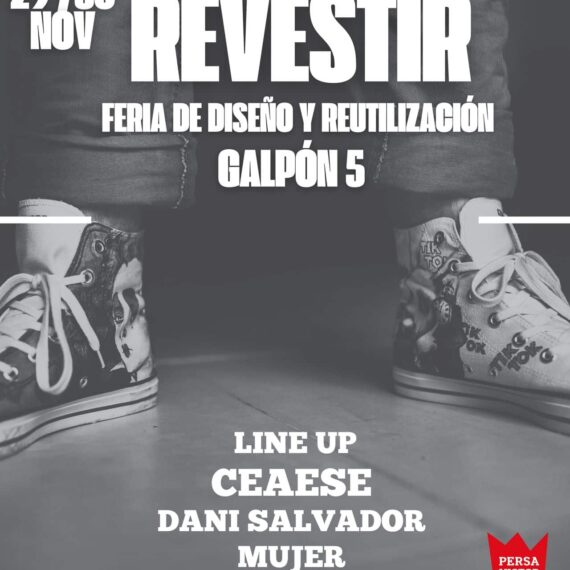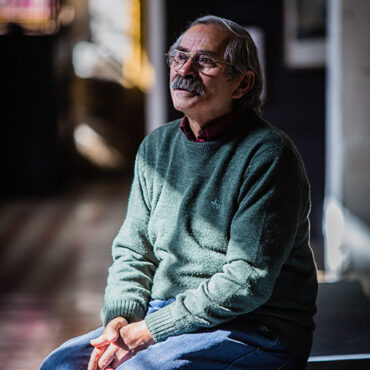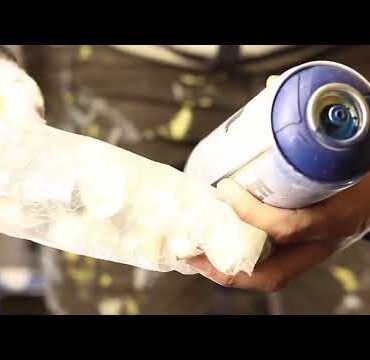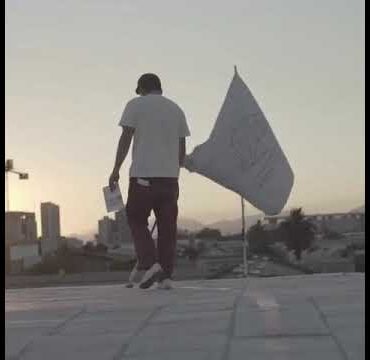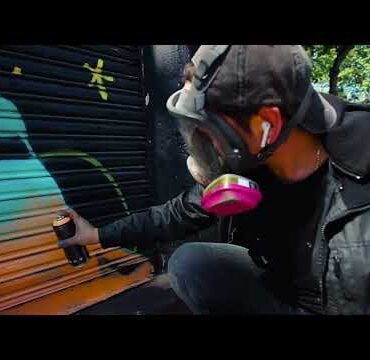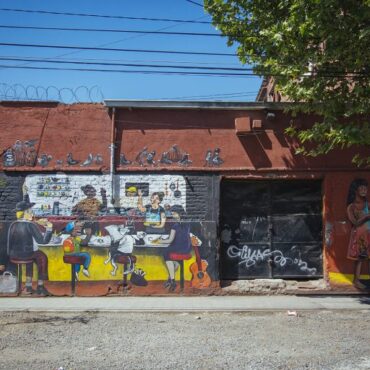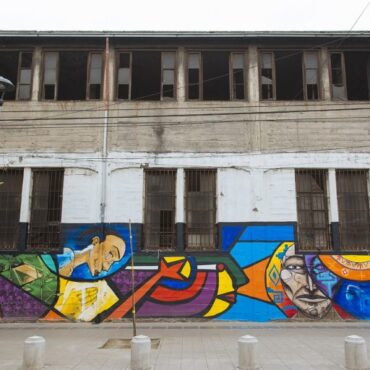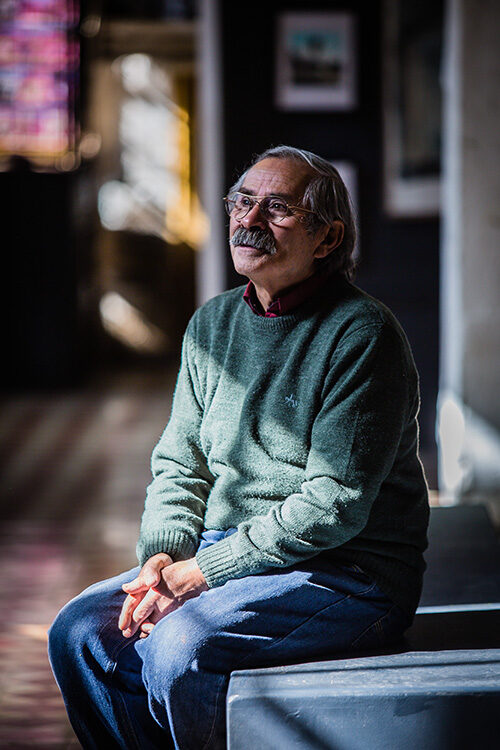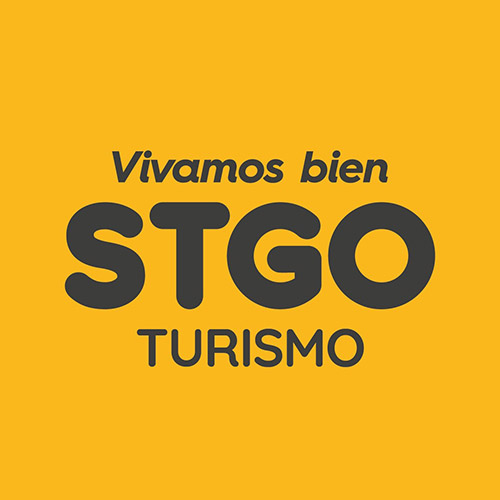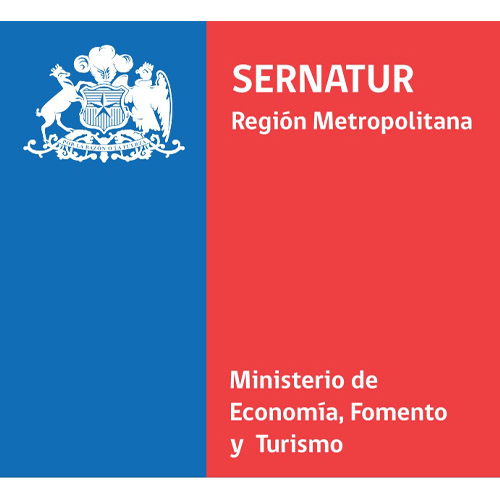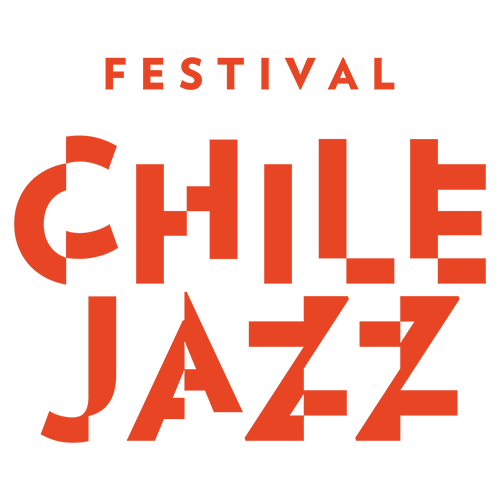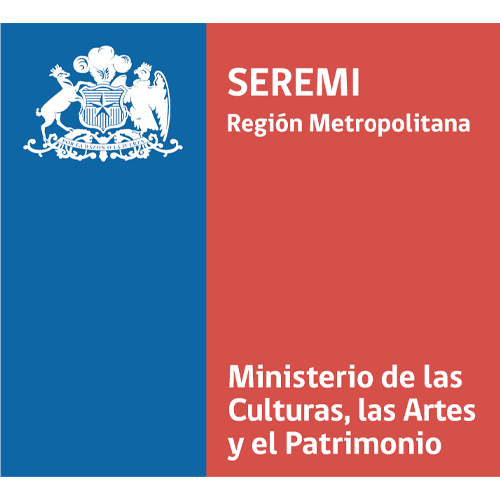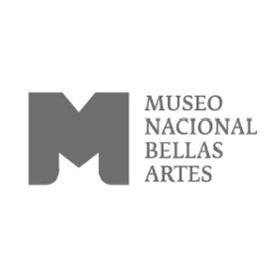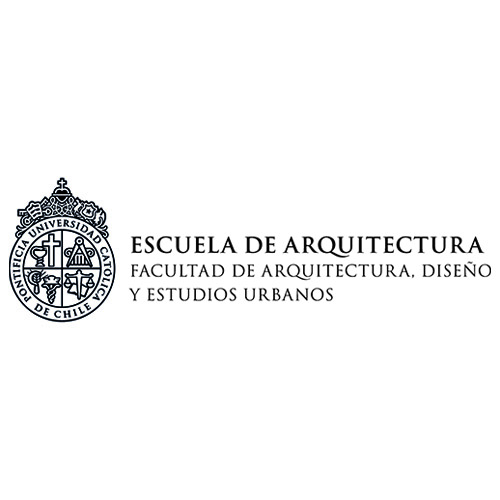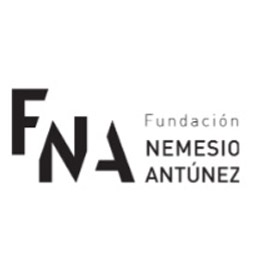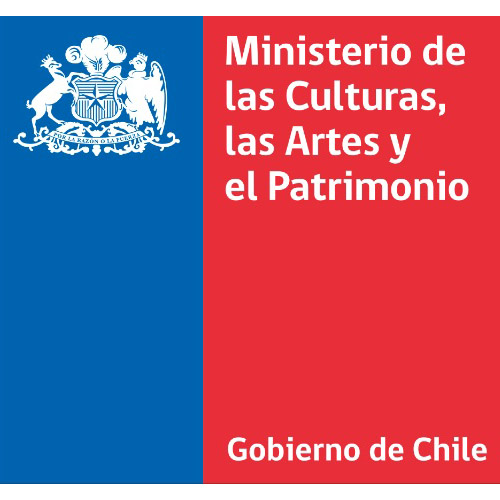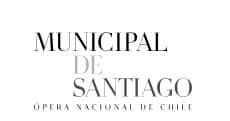Este mural pintado c
Cultural Wealth of the Persa Víctor Manuel
HISTORY AND HERITAGE
The Persa Víctor Manuel, in addition to being a historic building that houses more than one thousand shopkeepers with a wide variety of products, has stood out since its beginnings as a space that embodies great cultural wealth—not only because of its heritage architecture, but also because it has opened its doors to culture in our country across all areas, in an inclusive way and open to the community.
In this context, since 2016 a recovery project has been underway, focused on revitalizing this architecturally and historically significant site through urban art and the development of an active cultural agenda. The venue has become the most important circuit of urban art located inside a building in Santiago, Chile, and has established itself as a cultural hub in the southern area of the capital.
This is a project that is not only innovative but also integrative in all its dimensions—commercial, artistic, gastronomic, and cultural—allowing culture and art to reach all social groups and different generations.
Thanks to these efforts, the Persa Víctor Manuel was awarded the National Innovation Award (AVONNI) in the “Culture” category in 2019. It is worth noting that the National Innovation Award Avonni is the most important honorary recognition in Chile, which seeks to highlight successful cases that create value through innovation in various fields.
Cultura viva
El Persa Víctor Manuel es hoy un polo artístico y comunitario en Santiago. Cada fin de semana ofrece una cartelera gratuita con jazz, cantautores, tributos, performances e intervenciones urbanas. Comercio, gastronomía y arte conviven en un mismo espacio, convirtiéndose en un panorama completo y accesible para todos
CALENDAR
CULTURAL ACTIVITIES
Murals
Interiores
Murals
Exteriores
BLOG
CULTURAL
Entrevista a: Mono González, PREMIO NACIONAL DE ARTE 2025
Alejandro “Mono” González is a Chilean artist and set designer, recognized both nationally and internationally for…
